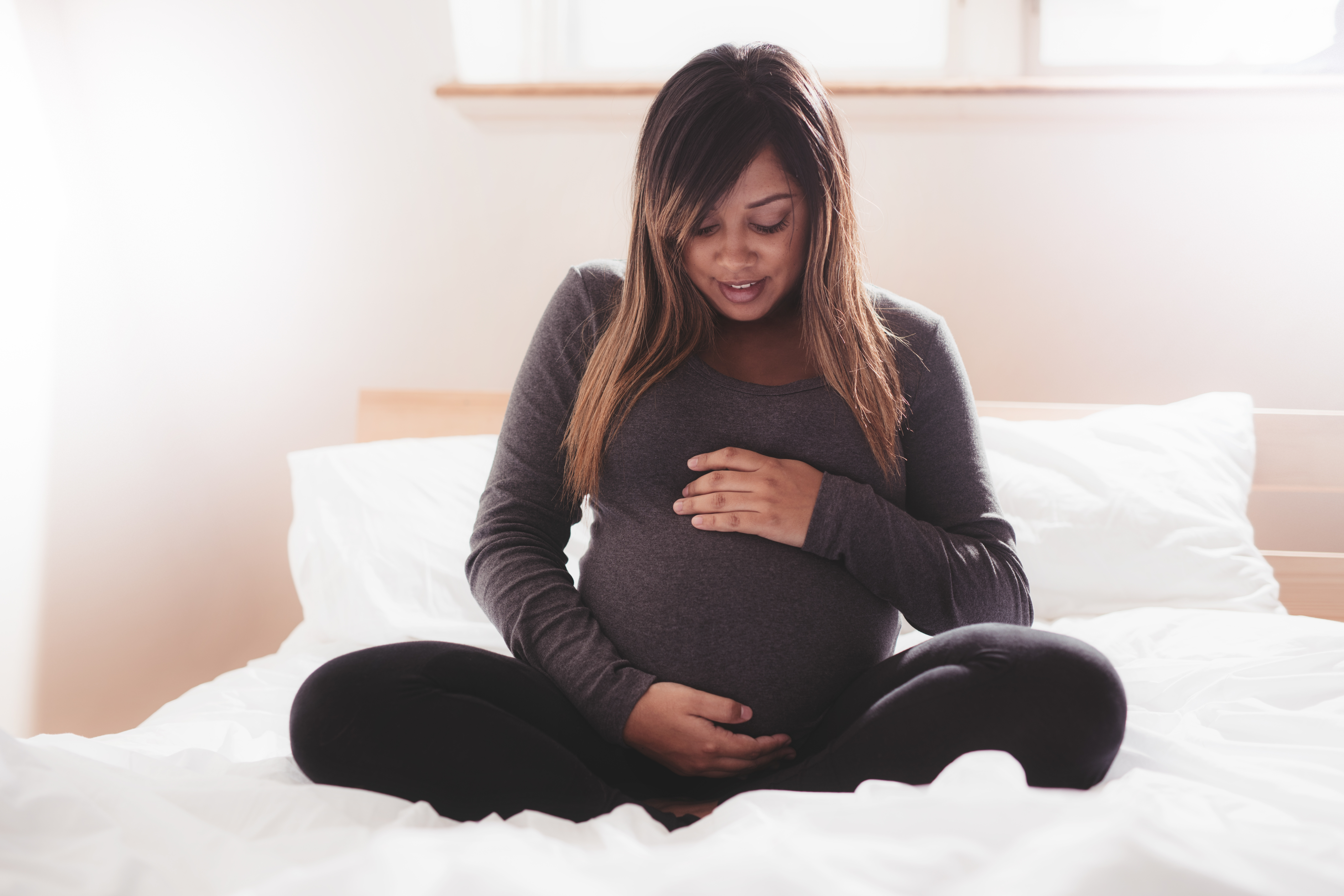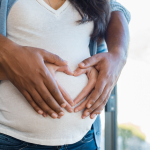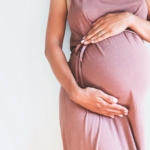Is Remeron (Mirtazapine) Safe to Use During Pregnancy? New Data
Mirtazapine (Remeron) is an atypical antidepressant FDA-approved for the treatment of major depressive disorder but commonly prescribed off-label for generalized anxiety disorder, panic disorder, post-traumatic stress disorder and other mental health and medical indications. In addition to its antidepressant and anxiolytic effects, mirtazapine’s sedating and antiemetic properties make this medication an appealing choice for patients who struggle with comorbid insomnia, nausea, and appetite suppression. As these are symptoms which commonly occur during pregnancy, this medication could potentially play an important role within perinatal psychiatry. However, reproductive safety data on the medication has been limited.
Mirtazapine use in pregnancy has previously been evaluated in one systematic review of 390 exposed pregnancies and two register-based Scandinavian studies. While the systematic review was more reassuring, one register-based study found an associated risk of miscarriage (Kjaersgaard et al, 2013) and the other an
associated risk of elective termination of pregnancy for fetal anomalies in mirtazapine-exposed pregnancies (Kieler et al, 2015). Questions surrounding confounding by indication remain; in other words, how does the underlying mental illness in the mother influence risk for these adverse outcomes?
Largest Study To Date Examines Reproductive Safety of Mirtazapine
But adding to this existing literature, in 2022, a register-based Danish nationwide cohort study from Ostenfeld and colleagues, now serves as the largest study to date on mirtazapine exposure within pregnancy.
Using Danish national register data, 1,945 mirtazapine exposed pregnancies were compared with mirtazapine unexposed pregnancies. The mirtazapine exposure group consisted of those women who filled at least one prescription of mirtazapine during pregnancy. Mirtazapine exposure groups were subdivided based on accumulated medication dose, into higher and lower dosage groups, given that the medication assumes different properties depending on its dose.
Propensity score matching was performed to control for potentially confounding variables such as confounding by indication.
Study Results
Regardless of the accumulated dose, there was no association found between mirtazapine exposure within pregnancy and the following outcomes:
1) major congenital malformations
2) spontaneous abortion (pregnancy loss between 6-22 weeks’ gestation)
3) stillbirth (pregnancy loss after 22 weeks’ gestation)
4) neonatal death (loss of an infant 0-27 days after birth)
Clinical Implications
This study provides reassuring data on the use of mirtazapine during pregnancy, demonstrating no association between mirtazapine exposure and four adverse outcomes: major malformations, miscarriage, stillbirth, and neonatal death. As is the case with most studies exploring the reproductive safety of medications, one limitation of the current study is that it is unknown if the women studied were actually taking the medication and/or taking the medication as prescribed. Nonetheless, this study, taken together with previous studies, indicates that mirtazapine is unlikely to be a major teratogen.
What remains to be studied on the use of mirtazapine within pregnancy is whether mirtazapine exposure may be associated with other adverse pregnancy and delivery outcomes, which were not evaluated within this study–such as poor neonatal adaptation (associated with other antidepressants) and long-term neurodevelopmental outcomes in exposed children.
Decisions surrounding continuing mirtazapine within pregnancy or initiating mirtazapine in pregnancy should be thoughtfully considered by the patient and her provider on an individual basis. As with any medication decisions within pregnancy, patient and provider should carefully weigh the risks of untreated illness against both the known and unknown risks of the psychiatric medication.
Rebecca Leval, MD, MPH
References
Kieler H, Malm H, Artama M, Engeland A, Furu K, Gissler M, Nørgaard M, Stephansson O, Valdimarsdottir U, Zoega H, Haglund B. Use of antidepressants and association with elective termination of pregnancy: population based case-control study. BJOG. 2015 Nov;122(12):1618-24. doi: 10.1111/1471-0528.13164. Epub 2014 Nov 14. PMID: 25395328.
Kjaersgaard MI, Parner ET, Vestergaard M, Sørensen MJ, Olsen J, Christensen J, Bech BH, Pedersen LH. Prenatal antidepressant exposure and risk of spontaneous abortion – a population-based study. PLoS One. 2013 Aug 28;8(8):e72095. doi: 10.1371/journal.pone.0072095. PMID: 24015208; PMCID: PMC3756033.
Ostenfeld A, Petersen TS, Pedersen LH, Westergaard HB, Løkkegaard ECL, Andersen JT. Mirtazapine exposure in pregnancy and fetal safety: A nationwide cohort study. Acta Psychiatr Scand. 2022 Jun;145(6):557-567.







Leave A Comment